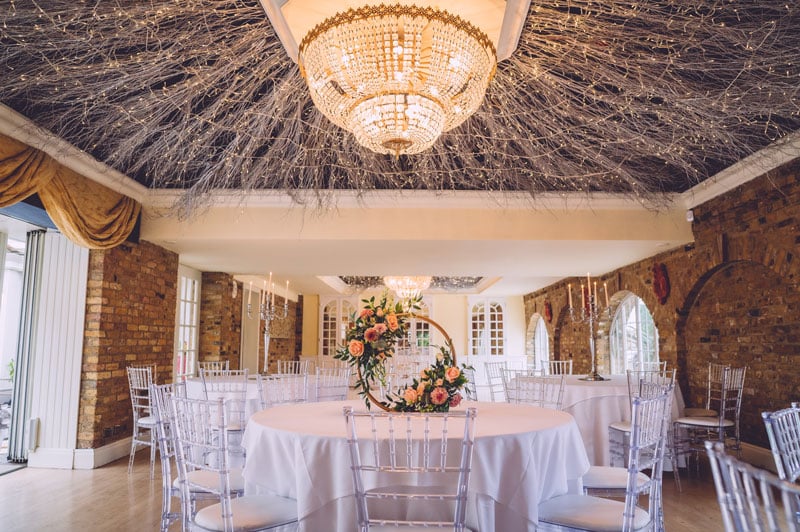Planning a wedding involves countless details, and one key aspect that often requires careful consideration is the seating arrangement. The wedding table plan is not just about finding a place for everyone; it’s an opportunity to create a harmonious atmosphere and foster connections among your guests. In this article, we’ll guide you through the process of creating a thoughtful and well-organized seating plan while offering tips and etiquette to ensure a seamless experience for everyone involved.
- Start Early and Gather Information
Begin the seating plan process well in advance to allow for any unexpected changes. Collect RSVPs early and keep track of any dietary restrictions, special needs, or preferences your guests may have. This information will be invaluable as you start to organize your seating arrangements.
- Create a Floor Plan
Before diving into specific table assignments, create a floor plan of your venue. Identify key elements such as the dance floor, band or DJ area, and any other notable features. This will help you strategically place tables to ensure a smooth flow and optimize the overall guest experience.
- Group Guests Thoughtfully
Consider the relationships and dynamics among your guests. Aim to group people who know each other or have similar interests. This will encourage lively conversations and make your wedding more enjoyable for everyone. Balance each table with a mix of family and friends to create a warm and inclusive atmosphere.
- Consider Seating Arrangement Styles
There are various seating arrangement styles to choose from, including traditional round tables, long banquet-style tables, or a mix of both. The style you choose can impact the overall feel of the reception. Round tables are ideal for fostering intimate conversations, while long tables promote a sense of communal celebration.
- Head Table Etiquette
If you opt for a head table, decide whether it will include only the bridal party or also their dates. Another option is to have a sweetheart table for just the couple. Whichever you choose, ensure that the seating arrangement allows for a clear view of the newlyweds and facilitates easy interaction with the rest of the guests.
- Be Mindful of Family Dynamics
Consider any family dynamics or potential conflicts that may arise. If divorced parents are attending, seat them at separate tables unless they have a cordial relationship. Use discretion and sensitivity when placing guests who may have strained relationships.
- Utilize Place Cards and Seating Chart
Create place cards for each guest with their name and table assignment. A well-organized seating chart displayed at the entrance can also help guests easily locate their seats. This will minimize confusion and ensure a smooth transition from the ceremony to the reception.
- Accommodate Special Requests
Be flexible and accommodating of special requests, such as seating elderly guests away from loud speakers or placing friends with young children at tables with easy access to exits. This thoughtful consideration will enhance the overall comfort of your guests.
Conclusion
Crafting the perfect wedding table plan requires time, consideration, and attention to detail. By starting early, gathering relevant information, and employing thoughtful strategies, you can create a seating arrangement that fosters connections, promotes a harmonious atmosphere, and ensures a memorable experience for everyone celebrating your special day. Remember, a well-thought-out seating plan is not just a logistical necessity but an opportunity to create lasting memories for you and your guests.

